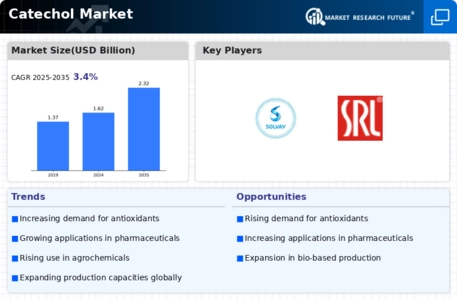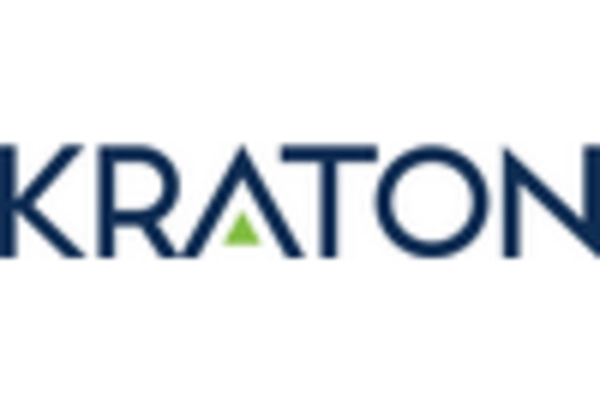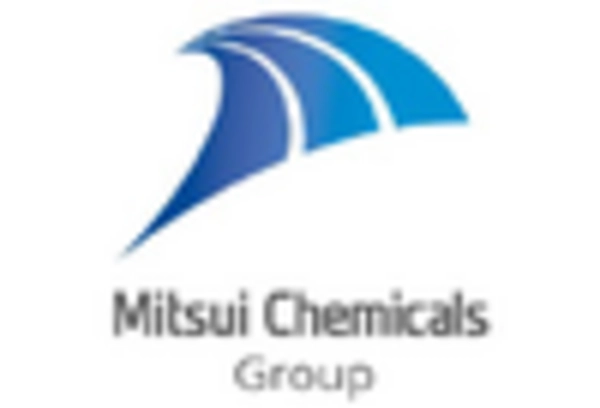Market Share
Catechol Market Share Analysis
In the competitive landscape of the Catechol Market, companies employ various strategies to position themselves favorably and gain market share. One common approach is differentiation, where companies focus on unique features or attributes of their products to stand out from competitors. For instance, some companies may emphasize the purity or quality of their catechol products, while others might highlight environmentally friendly production processes or superior customer service. By differentiating themselves, companies aim to attract customers who value these specific qualities, thereby carving out a distinct market share.
Another key strategy is cost leadership, wherein companies strive to offer catechol products at lower prices than their competitors. This approach requires efficient production processes, economies of scale, and tight cost control measures to maintain profitability despite lower prices. By undercutting competitors on price, companies can appeal to price-sensitive customers and capture market share from rivals who cannot match their pricing. However, maintaining cost leadership requires continuous efforts to optimize operations and reduce expenses to remain competitive in the long term.
Furthermore, companies may pursue niche market positioning by targeting specific customer segments with unique needs or preferences. Instead of trying to compete directly with larger rivals across the entire market, companies focus on serving a smaller, but more specialized segment where they can excel. For example, a company might specialize in supplying high-purity catechol for research laboratories or offer customized formulations for niche industrial applications. By focusing on niche markets, companies can often command higher prices and build stronger customer loyalty, enabling them to secure a profitable market share despite operating in a smaller segment.
Additionally, companies in the Catechol Market may adopt a geographic positioning strategy, focusing their efforts on specific regions or countries where they see the greatest opportunities for growth. This approach allows companies to tailor their products and marketing efforts to local preferences and regulatory requirements, gaining a competitive edge over more generalized competitors. By concentrating resources in select geographic markets, companies can establish a strong presence and become the preferred choice for customers in those regions, thereby securing a significant market share.
Moreover, innovation plays a crucial role in market share positioning strategies within the Catechol Market. Companies that invest in research and development to develop new formulations, production techniques, or applications for catechol can differentiate themselves from competitors and capture market share by offering unique solutions. Whether it's developing more efficient synthesis methods, creating novel catechol derivatives with enhanced properties, or discovering new applications in industries such as pharmaceuticals or agriculture, innovation drives growth and competitiveness in the market.
Furthermore, strategic partnerships and alliances can also be instrumental in market share positioning within the Catechol Market. By collaborating with suppliers, distributors, or complementary businesses, companies can expand their reach, access new markets, and leverage each other's strengths to gain a competitive advantage. Whether through joint ventures, licensing agreements, or strategic alliances, partnerships enable companies to pool resources, share risks, and capitalize on synergies to strengthen their market position and increase their share of the catechol market.


















Leave a Comment